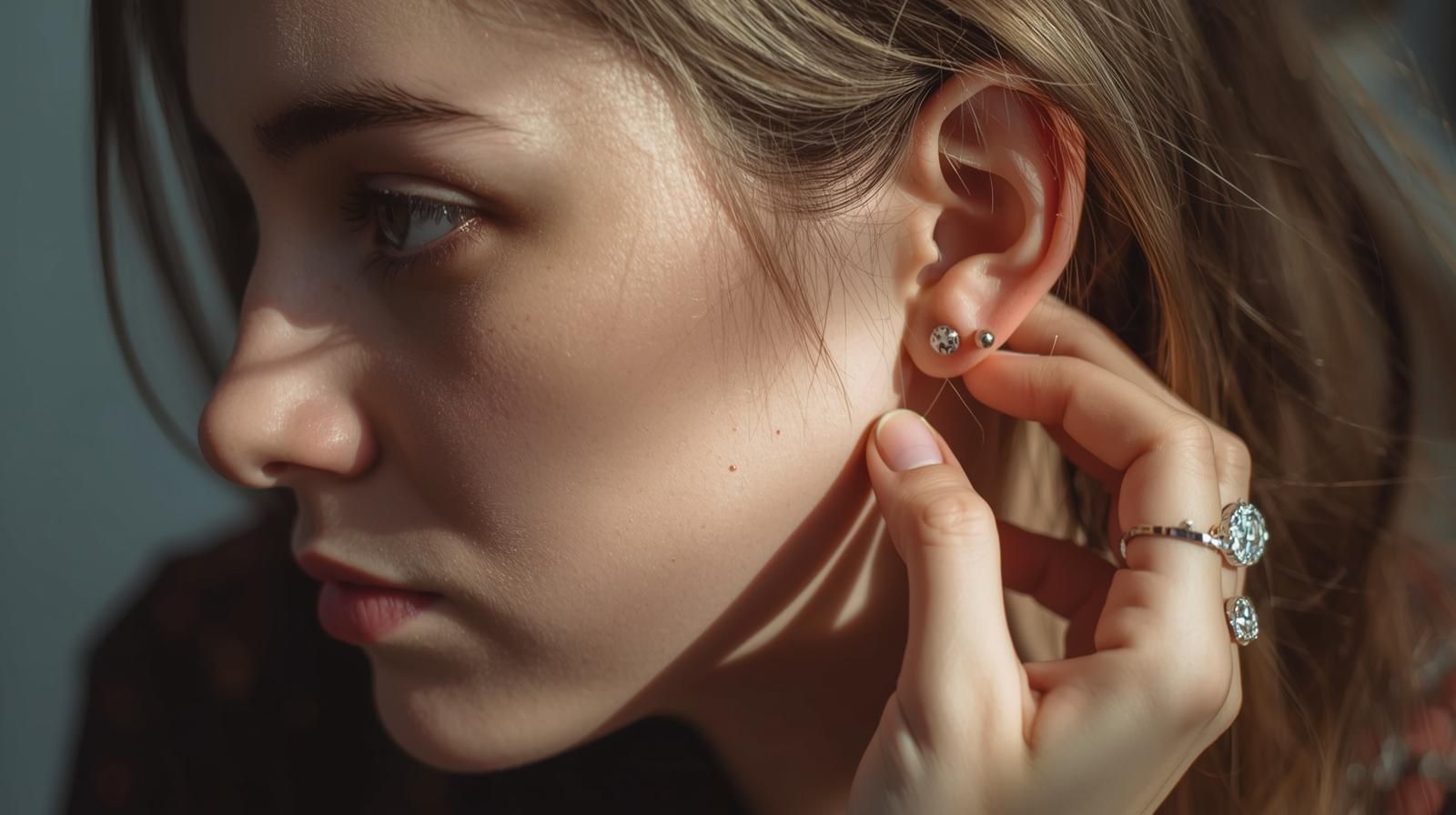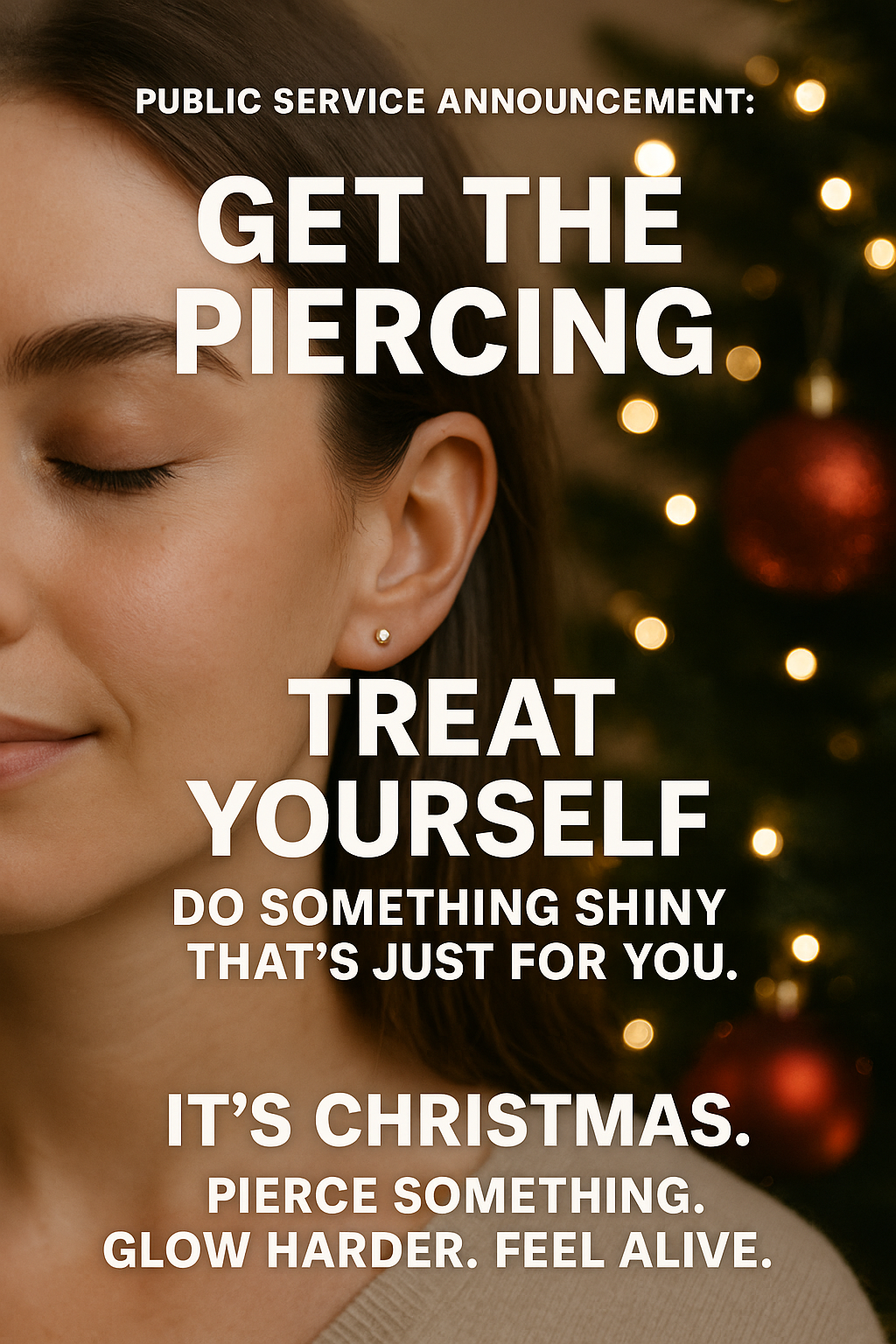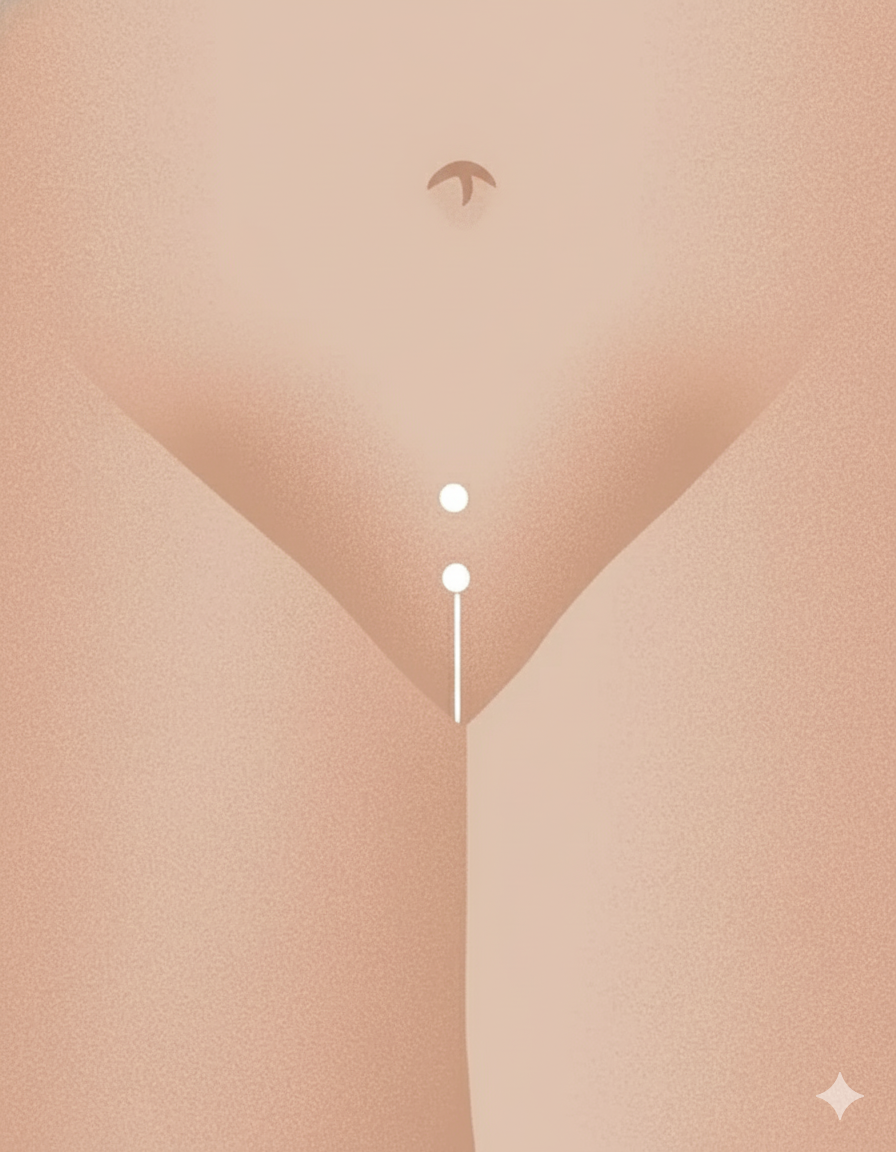Piercing Guns: Why We Don’t Use Piercing Guns, Ever
In recent years, body piercing has gained widespread popularity as a form of personal expression and fashion. Amidst this trend, a critical discussion often gets overlooked: the method employed for piercing. While it might seem convenient to pop into a high street shop for a quick ear piercing, especially for children, professional piercers have consistently warned against the use of piercing guns. This article delves into the reasons why piercing guns should be avoided and highlights the safer alternatives preferred by reputable piercing studios to safeguard client health.
Table of Contents
- Introduction
- What Are Piercing Guns?
- Why Piercing Guns Are Not Recommended
- Hygiene Concerns
- Risk of Infection
- Cartilage Damage
- Pain and Healing
- Professional Piercing Methods
- Single-Use Needles
- Autoclave Sterilisation
- Trained Professionals
- Frequently Asked Questions (FAQ)
- Conclusion
Introduction
Body piercing is a practice that combines art and medical precision, requiring careful attention to detail, hygiene, and aftercare. Despite the allure of quick and seemingly easy piercing methods offered by retail outlets, experts in the piercing industry strongly advise against using piercing guns. This article aims to explore the rationale behind this professional stance, drawing on medical insights and industry case studies, while highlighting safer alternatives utilised by professional piercing studios to ensure the health and safety of their clientele.
What Are Piercing Guns?
Piercing guns are mechanical devices designed to puncture the skin, most commonly the earlobe, by propelling a blunt stud through the flesh. Typically constructed from plastic, these devices are widely available in retail environments. Their appeal largely stems from the perceived convenience and speed, which makes them a prevalent choice for ear piercings, especially among children. However, this convenience carries significant drawbacks concerning safety and hygiene standards.
A real-world example includes a case from Cardiff, where a mother reported severe infection and scarring on her daughter's earlobe following a piercing gun procedure at a local shop. The incident highlighted the risks associated with non-professional settings and tools. Such cases underscore the importance of understanding the limitations and dangers of piercing guns.
Why Piercing Guns Are Not Recommended
Hygiene Concerns
Hygiene concerns are paramount when it comes to body modification practices. One of the foremost reasons piercing guns are discouraged is due to their inability to be thoroughly sterilised. Made predominantly of plastic, these guns cannot endure the high temperatures required for effective autoclave sterilisation—a process critical for eliminating all forms of microbial life, including bacteria and viruses.
Consider a study conducted by the University of Toronto, which found that piercing guns, when swabbed for bacteria after routine use, revealed a significant presence of harmful organisms. The inability to properly sterilise these devices means they pose an ongoing risk of contamination, which can lead to infections or the spread of diseases. Consequently, the use of piercing guns in any setting where hygiene is a priority is fundamentally flawed.
Risk of Infection
The risk of infection is a critical concern when using piercing guns. The blunt force trauma inflicted by these devices can cause significant tissue damage, thereby increasing the likelihood of infection. Moreover, the repeated use of the same gun on multiple clients, without adequate sterilisation, heightens the risk of cross-contamination and the spread of bloodborne pathogens.
A report from the Association of Professional Piercers (APP) outlines several documented cases where individuals contracted infections such as hepatitis B and C following piercings administered with guns. These findings reinforce the importance of using sterilised, single-use equipment in any procedure that involves puncturing the skin. In an industry where sterility is essential, the inherent risks posed by piercing guns make them an unsuitable choice for safe body modification.
Cartilage Damage
Cartilage is inherently more fragile than soft tissue, and using a piercing gun to penetrate cartilage can result in severe complications. The blunt force trauma from the gun can fracture the cartilage, leading to long-term damage and potential deformity. This is particularly concerning for piercings located in areas such as the upper ear, where cartilage is prevalent.
In one notable case, a young woman from Manchester experienced significant ear deformity after a cartilage piercing with a gun. The piercing shattered the cartilage, requiring corrective surgery. This case illustrates the potential for irreversible damage and underscores the importance of choosing appropriate methods for cartilage piercings. The risks associated with cartilage damage are a compelling argument against the use of piercing guns in professional settings.
Pain and Healing
Piercing guns can result in increased pain and prolonged healing times compared to needle piercings. The blunt force used to drive the stud through the ear is more traumatic to the tissue, causing swelling and extended discomfort. Furthermore, the jewellery typically used in piercing guns is not ideal for initial piercings, leading to irritation and delayed healing.
A survey conducted by the British Body Piercing Association (BBPA) found that individuals who underwent piercings with guns reported higher levels of pain and longer healing durations compared to those pierced with needles. Such feedback from clients reinforces the need for more refined and less traumatic piercing methods. The prolonged healing process can also lead to a higher likelihood of complications, further emphasising the drawbacks of using piercing guns.
Professional Piercing Methods
In stark contrast to the use of piercing guns, professional piercing studios employ methods that prioritise safety and hygiene. These practices include the use of single-use needles, autoclave sterilisation, and procedures performed by trained professionals.
Single-Use Needles
Professional piercers utilise hollow, single-use needles that are specifically designed for piercing. These needles are exceptionally sharp, allowing for a clean incision that minimises trauma to the tissue. This method not only reduces the pain experienced during the procedure but also facilitates quicker and more efficient healing.
A case study from a renowned studio in London highlighted the positive outcomes associated with needle piercings. Clients consistently reported less pain and fewer complications, with healing times averaging two to three weeks shorter than those associated with gun piercings. The use of single-use needles is a cornerstone of professional piercing methods, ensuring that each client receives a clean and safe procedure.
Autoclave Sterilisation
All equipment used in professional piercing studios, including needles and jewellery, undergoes autoclave sterilisation. This ensures that all potential pathogens are eradicated, thereby significantly reducing the risk of infection. The use of autoclaves is a standard practice endorsed by health organisations such as Public Health England, which stresses the importance of sterilisation in preventing infections.
In a detailed audit conducted by the Health and Safety Executive (HSE), piercing studios that implemented rigorous autoclave sterilisation protocols reported zero incidents of infection over a five-year period. This highlights the effectiveness of such practices in maintaining high standards of hygiene and client safety. The commitment to autoclave sterilisation is a fundamental aspect of professional piercing, ensuring that each procedure is conducted in the safest possible environment.
Trained Professionals
Piercings conducted by trained professionals ensure that procedures are performed with precision and care. Professional piercers undergo comprehensive training to understand the anatomy of the body and the best practices for piercing different areas. Their expertise also allows them to provide invaluable advice on aftercare and to select the most suitable jewellery for each client.
For instance, a well-regarded piercing academy in Edinburgh offers extensive training programmes that cover anatomy, hygiene, and customer service. Graduates from this programme report a high level of competence and confidence in their practice, which translates into positive client experiences and outcomes. The role of trained professionals in the piercing industry cannot be overstated, as their expertise is essential for ensuring client safety and satisfaction.
Frequently Asked Questions (FAQ)
Q: Are piercing guns ever safe to use?
A: Given the hygiene concerns and potential complications associated with piercing guns, they are not considered safe. Professional piercing methods are invariably recommended.
Q: Can piercing guns be used for any type of piercing?
A: Piercing guns are typically used for earlobe piercings, but even in these cases, they pose risks. They should never be used for piercings involving cartilage or more complex body parts.
Q: What should I do if I have a piercing done with a gun?
A: If you have had a piercing with a gun, it is crucial to monitor the area for signs of infection, such as redness, swelling, or discharge. Seek advice from a professional piercer if you experience any complications.
Q: How can I ensure my piercing is done safely?
A: To ensure your piercing is done safely, choose a reputable piercing studio that utilises single-use needles and autoclave sterilisation. Confirm that the piercer is trained and experienced.
Conclusion
While piercing guns may appear to offer a convenient option for quick piercings, the associated risks far outweigh any potential benefits. From hygiene concerns to the risk of cartilage damage, the consequences of using these devices can be severe. Professional piercing studios provide safer, more hygienic alternatives that prioritise client well-being. By opting for trained professionals and sterile methods, individuals can enjoy their body piercings without compromising their health. Make informed decisions and prioritise safety when considering a new piercing. The choice to engage with professional studios not only ensures a higher standard of care but also promotes a culture of safety and excellence within the body modification industry.









